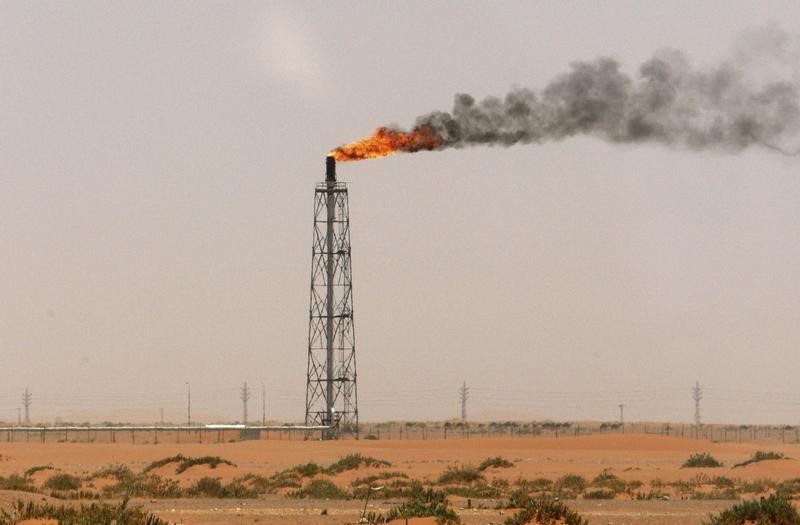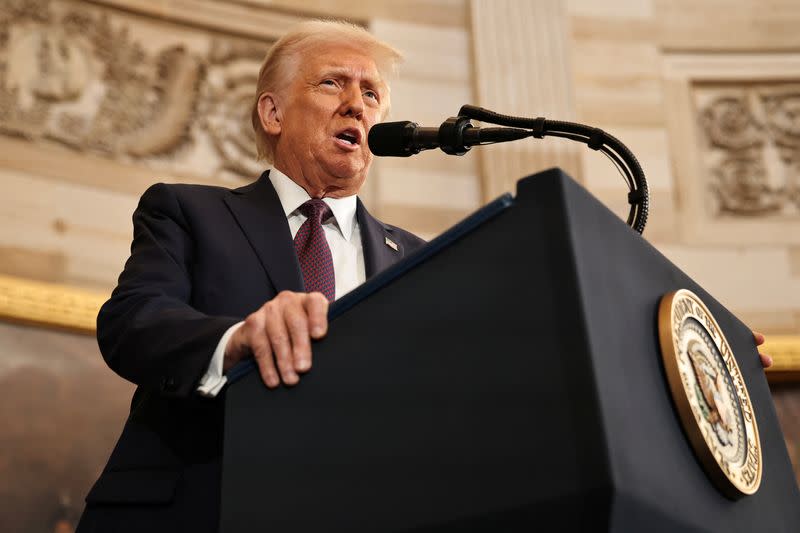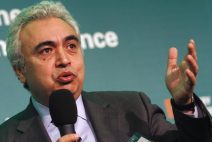OPEC and its allies are likely to stick to existing policy on raising output despite considering other options, sources said, after big swings in crude prices, a U.S. release from oil reserves and fears about the new coronavirus variant.
Brent has tumbled to about $70 a barrel, down from October's three-year highs above $86. Prices in November registered their biggest monthly decline since the start of the pandemic as the Omicron variant raised fears of a glut.
The Organization of the Petroleum Exporting Countries and its allies, known as OPEC+, have resisted U.S. requests for speedier increases in oil output to help the global economy, fearing oversupply could hurt a fragile energy sector recovery.
An OPEC+ ministerial monitoring committee known as the JMMC began talks on Thursday ahead of a full online ministerial meeting scheduled for 1300 GMT.
Under its existing pact, OPEC+ agreed to raise output by 400,000 barrels per day (bpd) each month, winding down record cuts agreed in 2020 when demand crashed because of the pandemic.
But market uncertainties have prompted the group to consider various options. Sources said discussions could include pausing the planned January increase or raising output by about 200,000 bpd next month rather than the full 400,000 bpd.
But two senior sources said the most likely outcome is for the group to stick to a 400,000 bpd rise, though some have struggled to ramp up output fast enough to hit the monthly target.
Russia and Saudi Arabia, the biggest OPEC+ producers, had said before this week's talks, which began with an online OPEC meeting on Wednesday, that there was no need for a knee-jerk reaction to amend policy.
OPEC+ experts said in a report seen by Reuters on Wednesday that the impact from Omicron was not yet clear, even though many countries were introducing lockdowns and other restrictions.
Even before concerns about Omicron emerged, OPEC+ had been weighing the effects of last week's announcement by the United States and other major consumers that they would release emergency crude reserves to temper energy prices.
OPEC+ forecast a 3 million bpd surplus in the first quarter of 2022 after the release of reserves, up from a 2.3 million bpd surplus previously forecast.
Last year OPEC+ made record output cuts of 10 million bpd, equivalent to about 10% of global supply. That has since been scaled back to about 3.8 million bpd.
However, OPEC+ has regularly failed to meet its output targets, producing about 700,000 bpd less than planned in both September and October, the International Energy Agency (IEA) says.






















